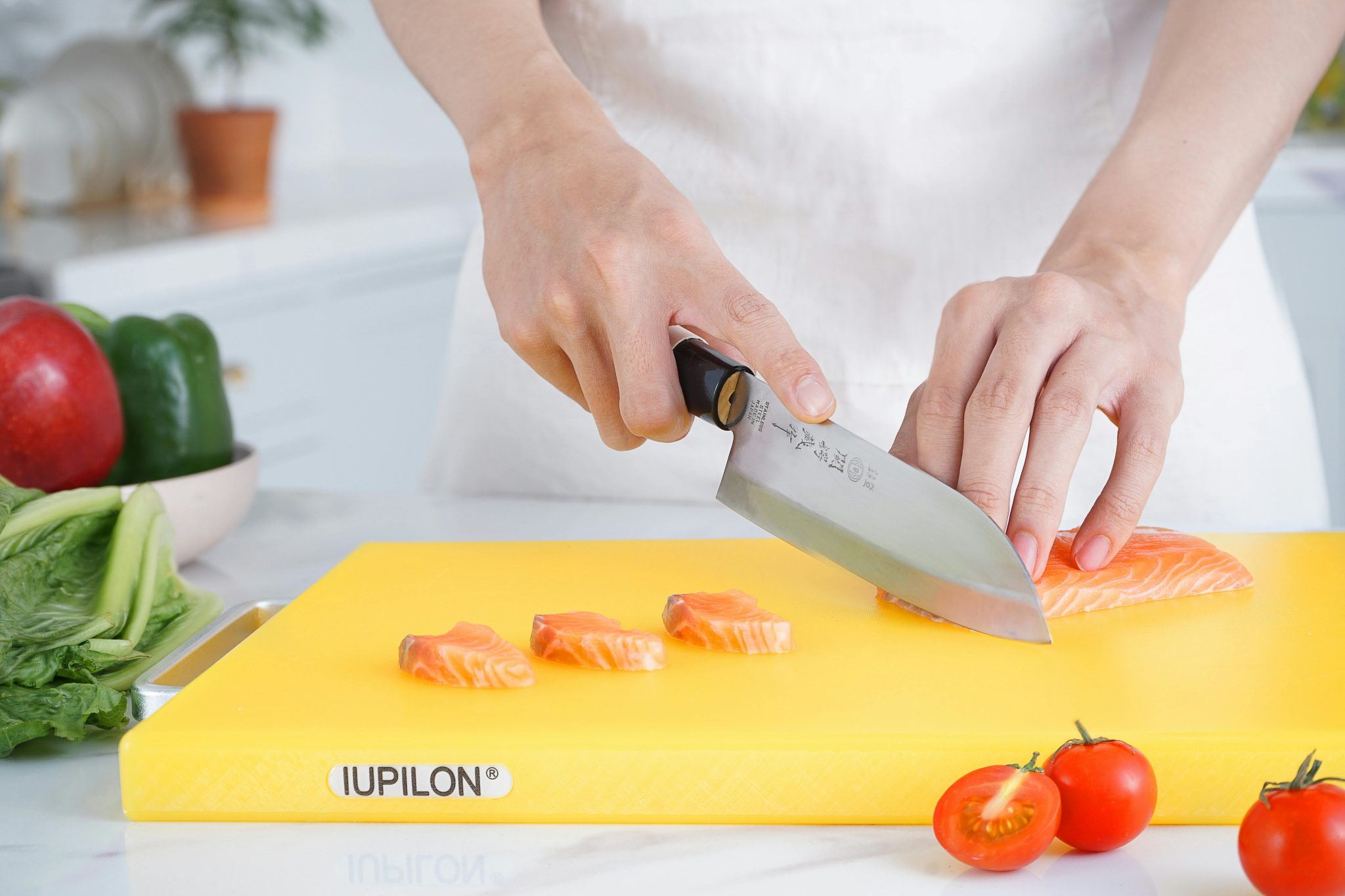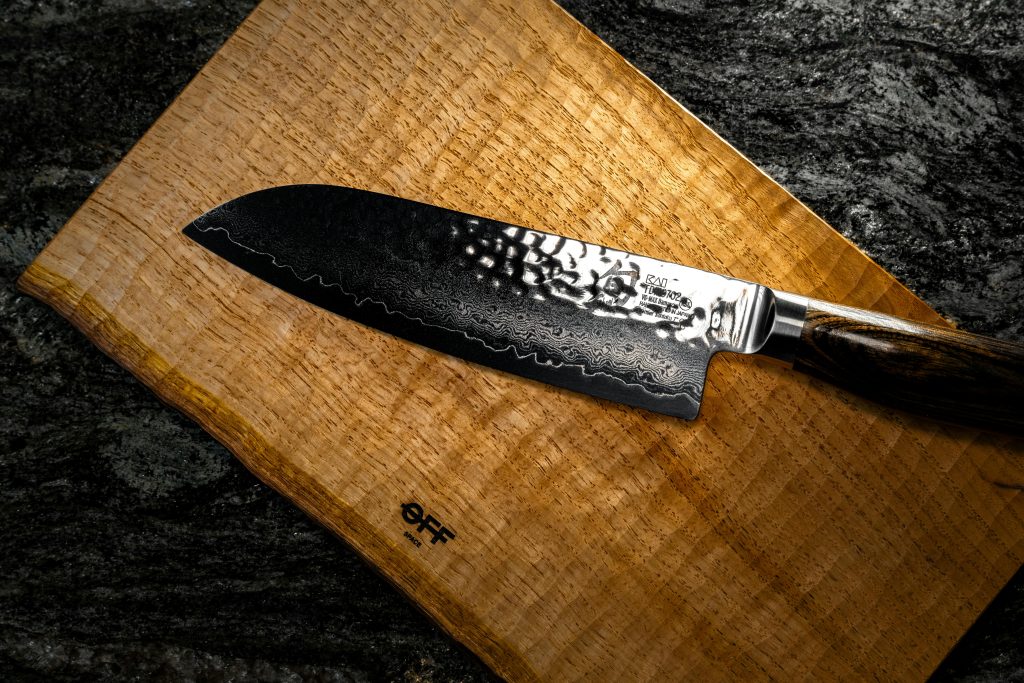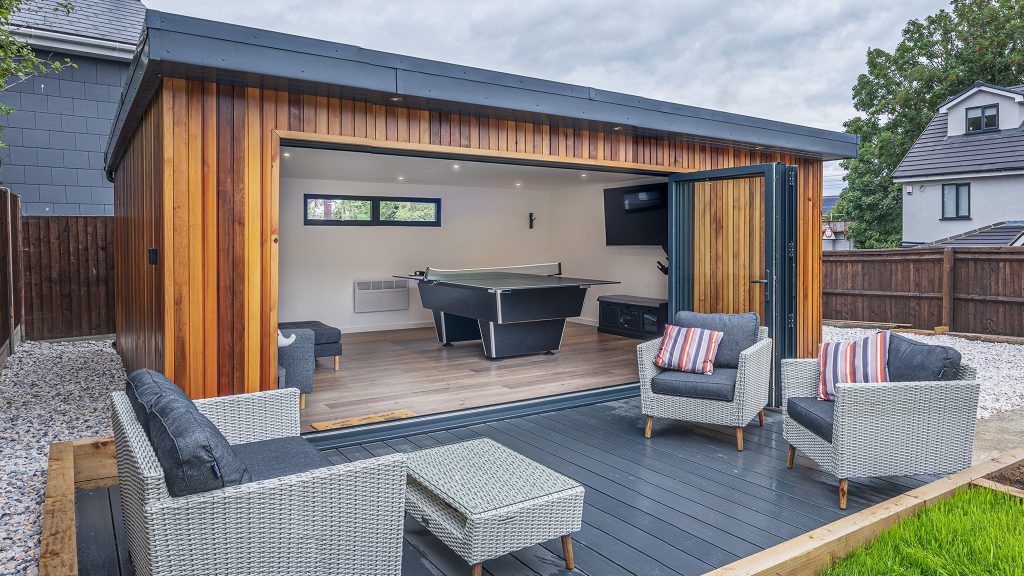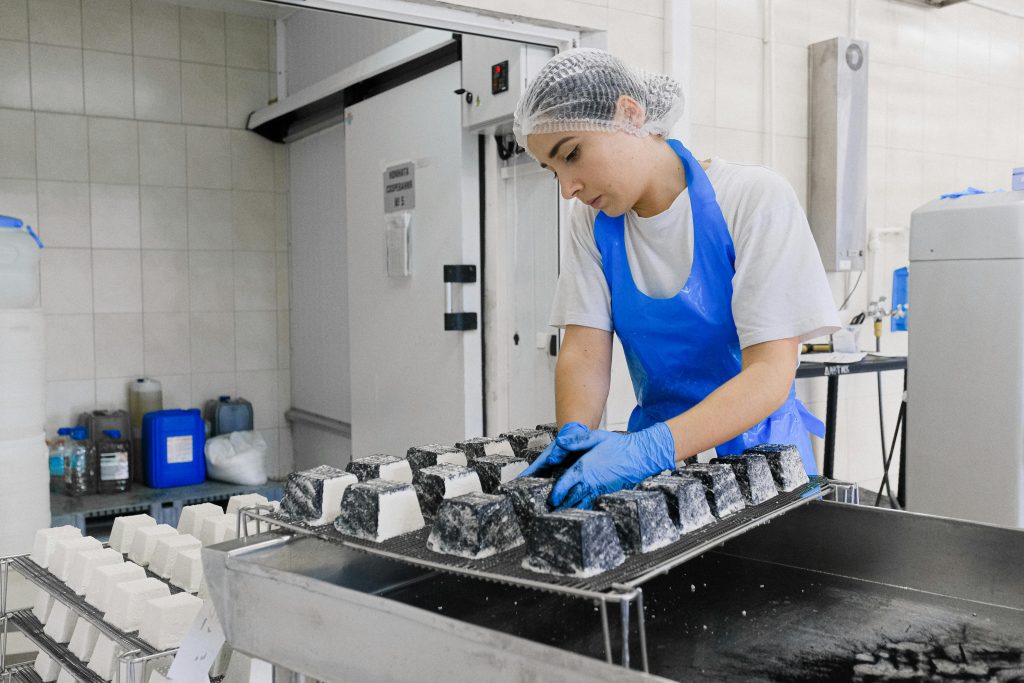Do you know 80% of people love to eat meat in the U.S? But preparing non-vegetarian dishes at home isn’t just about good ingredients. It demands the right tools. When it comes to handling meat or fish, boning knives and fillet knives look similar, but they perform very different tasks.
But do you know which Japanese knives really stand out for specific kitchen jobs?
Two Japanese knife types that take the lead include boning knives and fillet knives. Each knife serves a unique purpose. But which one to choose depends entirely on your cooking needs.
Let’s take a closer look and explore boning knives vs fillet knives to find which Japanese knife fits your kitchen best.
What Are Boning Knives?
A thin, ultra-sharp boning knife is designed to remove flesh from bones or joints. Generally, a boning knife like the Nisei Boning Knife is 5 to 6 ½ inches in length, which can extend up to 9 ½ inches. Moreover, it comes with a grippable handle to give you better control and less hand fatigue. The boning knife’s tapered blade tip is known for offering maximum precision.
Key Features
- Blades typically are of average length, which makes them ideal for delicate work.
- Handle is contoured for comfort. It makes you have good control when cutting.
|
Use boning knives for:
|
|---|
What Are Fillet Knives?
A fillet knife is your go-to for delicate cuts. It’s flexible and comes with a longer blade length. Using knives like the Nisei Filleting Knife, you can easily use a filleting knife for cutting the backbone and the meat skin.
Key Features
- The blade is thin and flexible, with a very fine edge.
- It’s typically 6 to 11 inches in size, so it is great on long fillets.
- The tip is sharp and pointed for precise cuts.
- The handle is comfortable. It makes it easy for you to slice smoothly.
|
Use Fillet knives for:
|
|---|
Key Differences Between Boning vs Fillet Knives

Boning knives and fillet knives are so similar in appearance. But some significant differences make one or the other better, depending on the cutting needs. Let’s explore its features here so you can make an easy comparison and know which knife is more suitable for your kitchen needs!
|
Feature |
Boning Knife |
Fillet Knife |
|---|---|---|
|
Blade Flexibility |
Rigid or slightly flexible |
Very flexible |
|
Blade Length |
5-7 inches |
6-11 inches |
|
Blade Shape |
Narrow, pointed |
Long, thin, tapered |
|
Edge Geometry |
Strong, precise for cutting around bones |
Fine, sharp for smooth slicing |
|
Handle Design |
Ergonomic for control |
Comfortable for long slicing |
|
Steel & Maintenance |
Durable, easy to sharpen |
Softer steel needs careful sharpening |
|
Weight & Balance |
Balanced for manoeuvring |
Lightweight for long strokes |
Which One Best Suits Your Kitchen? Boning vs. Fillet Knife
Which one to use, a boning knife or a fillet knife? It generally depends on what you cook the most and how you want to prepare food. There is a knife for every purpose. So, choosing the right one can help make your kitchen chores faster, safer, and more pleasurable.
- If you mostly prepare meat, a boning knife will help you separate flesh from bone, joints, and fat.
- If you are used to cooking a lot of fish, a fillet knife with a long, thin, and flexible blade helps in making clean cuts. It works excellently for fillets, sushi, or fish.
- If you cook both, having both knives is ideal. You’ll be ready for any task without struggling.
Why Japanese Knives Are Great for Boning & Filleting?
Japanese knives are popular among professional chefs across the globe. These are meticulously designed to ensure faster and more enjoyable cutting and slicing. Here’s why Japanese knives are great:
- Sharp, Strong Steel: Slicing with a Japanese knife is always a pleasurable experience. It uses high-quality steel, like high-carbon or stainless steel, to make cutting easier.
- Thin and Precise Blades: The blades are thin and sharp, so you can make clean and accurate cuts. This is perfect for precision jobs like filleting fish or trimming meat.
- Handmade Craftsmanship: Many Japanese knives are hand-crafted with care. These can last long if you take care of them regularly.
- Comfortable and Balanced: The handles are ergonomically designed to make hand-cutting more comfortable. You have less hand fatigue, even through long prep.
Get the Perfect Knife for Your Kitchen!

Fillet and boning knives work side by side in the kitchen. One assists in cleaning meat with ease, the other provides precision when cutting fish and delicate meats. Indeed, when purchasing the best knife for your home kitchen needs, look out for material, blade flexibility, how comfortable it is in hand, and weight & balance.
Also, do some research and explore reliable online and in-store sources for making a high-quality product purchase.
FAQs
Can one knife do both boning and filleting?
Yes, the same knife can handle both tasks. But using a boning knife and a fillet knife separately can lead to better results.
How often should I sharpen a boning or fillet knife?
Boning knives may need less frequent sharpening because they have strong blades. However, fillet knives require more frequent sharpening as they lose their edge quickly.
Is a flexible blade always better for filleting?
Yes, a flexible blade will be better for filleting. Plus, it will blend easily along the bones, so you can remove fillets cleanly without tearing the meat.
Are Japanese knives harder to maintain?
Japanese knives are higher maintenance than your regular kitchen knife. Hand wash, dry them promptly, and hone or sharpen regularly to maintain sharpness and longevity.




















